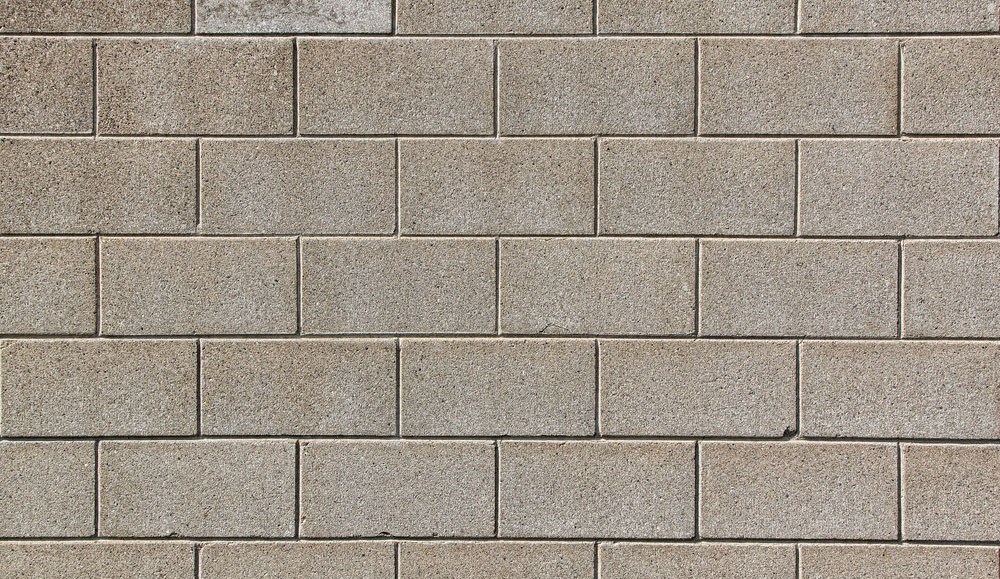
In 2011, The Dallas Morning News was one of the leaders in the move by newspapers to roll out a paywall. Two years later, it’s rethinking that approach.
In a new digital strategy Tuesday that offers readers a choice: Come to a free site that’s loaded with ads or spend $11.96 a month to get a cleaner site with fewer ads, plus perks like access to events or baseball tickets. The idea is that the Belo paper can have its cake and eat it too, having enough ad impressions to provide advertisers with reach but also have the critical dual subscription revenue stream. As The New York Times has shown, paywalls can come in many flavors.
“Having a monthly payment model makes it easier for consumers,” said Kat Chung, digital director at Initiative. “It allows for unlimited access. Overall, it’s a great shift as it allows a lot of flexibility in consumer experience for what they’re paying.”
But there’s still a long way to go. Readers, so far, don’t seem to be thrilled with the new site. Todd Connelly, creative director at The Marketing Arm, tweeted, “Good job @dallasnews on making sure nobody ever visits your site again.” Angela Shah, editor of Xconomy, tweeted, “what happened to the @dallasnews site??!! very cluttered. no link to the business section?” And Rebecca Fuller tweeted, “@dallasnews I’ve used your website to keep updated for years. Now that you don’t support IE8 I will have to find another source. #BadForm”
Though some, like Don Maxwell, are happy that the site now has a premium offering. The Dallas Morning News put up a paywall in 2011, only to take it down as part of this new strategy. The Wall Street Journal and New York Times have seen success with their paywalls because they each have unique content and are national in scope. Brad Adgate, svp of research at Horizon Media, points out that if papers like the Washington Post have struggled with a paywall, it “just points out that there’s some concern that newspapers of lesser regions and scope to make it a sustainable model.
“It’ll be a tough sell,” said Adgate. “News is ubiquitous. They have to offer something unique to up their subscriber base. It’s not a great time to be in the print business.”

(Screengrab via Josh Benton.)
More in Media

WTF is behind the explosion of faceless creators?
Brands are rapidly increasing their spending on faceless creators, showing the unique benefits of working with this type of influencer.

In Graphic Detail: As ‘Grow a Garden’ booms, a new report shows the marketing power of Roblox
The explosive growth of “Grow a Garden” has brought new attention to Roblox — and rejuvenated marketers’ interest in its advertising power.

Brand deals surge for golf creators as the sport’s popularity spikes
Golf is booming, and so is influencer marketing. As a result, golf creators are signing an unprecedented number of brand deals in 2025.





